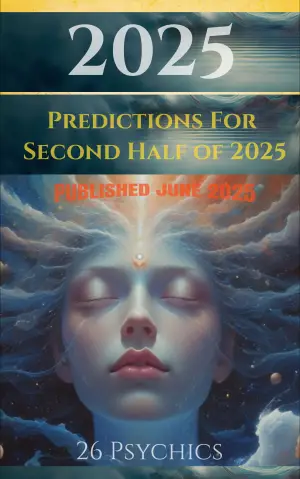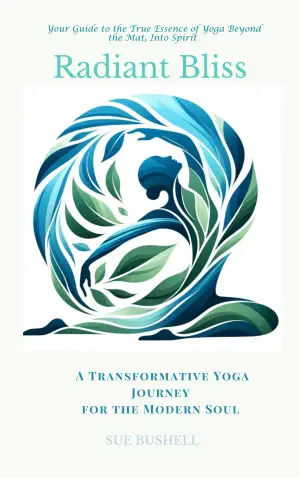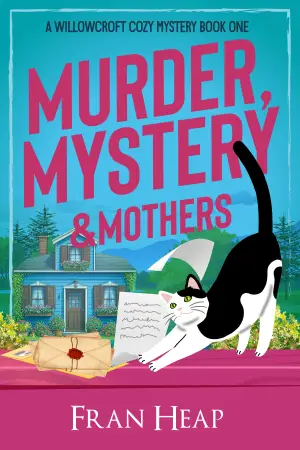Book Review: Lightlark (Lightlark, #1) by Alex Aster
Ah, the allure of a debut fantasy novel that promises the thrill of dystopian showdowns and magic! I stumbled upon Lightlark while scrolling through BookTok, and the buzz surrounding Alex Aster’s release was palpable. As someone who is often swept into the tidal wave of pre-orders, I found myself drawn in by the hype and, admittedly, a little nosy about the book’s content. To my surprise, I snagged an audiobook from NetGalley—yes, friends, I’ve officially invested adult money into my literary curiosity!
Let me just put it out there: this book has more than a few echoes of A Court of Thorns and Roses (ACOTAR), and it’s hard to ignore the familiar tropes. From what I could gather, we have Isla, our young ruler entangled in a competition among the six realms. This battle is reminiscent of The Hunger Games, but with twists that don’t quite hit the mark. The stakes, which involve curses and rulers competing for survival, promise a gripping narrative. But, oh boy, the execution leaves much to be desired!
Aster’s prose sometimes reads like a first draft, riddled with info dumps that struggled to convey a cohesive universe. For instance, the realms—Wilding, Skyling, Moonling, Starling, Nightshade, and, of course, Lightlark—are introduced with a complexity that feels intimidating rather than inviting. We’re constantly told about the curses and the competition, yet the world-building often lands in a confusing murk.
Let’s talk characters. Isla is our protagonist who should be fierce and nuanced, but instead comes off as a blend of archetypes with little depth. I found myself disoriented by her inconsistency; she’s described as skilled in battle but seems prone to tripping over air! And then there’s Grimshaw from Nightshade, whose character feels unsettlingly reminiscent of Rhysand, minus the charm.
On pacing and style, the narrative feels sluggish at times, especially during the so-called “demonstrations” where the rulers showcase their powers. Honestly, it felt more like filler than tension-building. And when deriving connections to classic epic narratives, the writing falters—the intricacies that gave The Hunger Games its weight seem absent here.
One particular moment struck me—Isla’s self-doubt while preparing to seduce the King of Lightlark. Aster seems to grapple with gender dynamics and presents characters in ways that can sometimes border on cliché. Isla’s moral purity positioned against other realms of seemingly seductress warriors feels like an overused dichotomy that only scratches the surface.
I can’t overlook the potential that Lightlark holds for fans of fast-paced YA romances filled with action, romance, and magic; there are definitely gripping moments toward the climax. However, readers looking for a finely honed narrative or rich prose might find this debut underwhelming.
In conclusion, if you’re a devoted fan of the fantasy romance genre and enjoy epic tales filled with love triangles and competitive stakes (albeit with a little eye-rolling), you may just find enjoyment in this debut. For me, while I appreciate the journey Aster has taken to bring her vision to life, I genuinely hope for more depth and polish in future installments. Sometimes, I wonder if the charm of the book buzz can distract us from its content; I know I’ll be watching with curiosity how this series evolves.
Discover more about Lightlark (Lightlark, #1) on GoodReads >>











